Unearth the history of Kansas City’s lost Black neighborhood, demolished for city park
What's Your KCQ is a collaboration between The Star and the Kansas City Public Library series that answers your questions the history, people, places and culture that make Kansas City unique. Have a suggestion for a future story? Share it with us here, or email our journalists at KCQ@kcstar.com.
In the Historic Northeast, east of downtown and just beyond Interstate 29, lies Belvidere Park — what now may appear to be an empty space. But at the turn of the 20th century, the area was a burgeoning Black neighborhood.
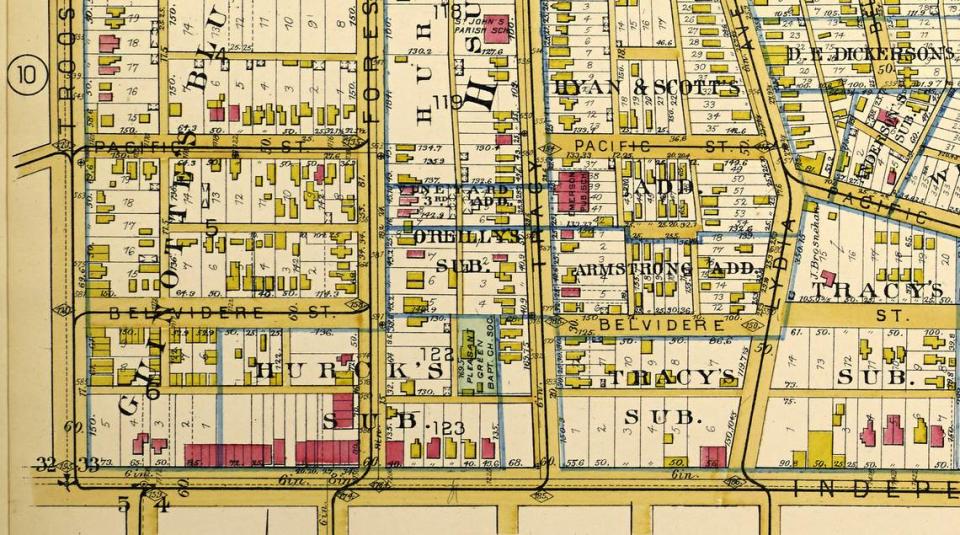
A local reader reached out to What’s Your KCQ? — a partnership between the Kansas City Public Library and The Kansas City Star — to see if Belvidere Hollow still exists. The short answer is no, but that comes with a story.
No one agreed on the exact boundaries of the hollow, but it was somewhere between Pacific Street, and Independence, Troost, and Lydia avenues.
In the late 1800s, the area was originally called Claber’s Hill (also spelled Clabber’s Hill) and was inhabited by mostly Irish settlers. By the mid-1880s, it was commonly called Belvidere Hollow. Though the origin of the hollow’s name remains unclear, the literal Italian translation of Belvidere is “a beautiful sight.”
Belvidere Hollow, and Hick’s Hollow to the east, served as disembarkation points and encampments for Exodusters — Black Southerners, including formerly enslaved people, migrating to Kansas and other northern states to seek better opportunities with less racial discrimination.
Initially racially ambiguous, Belvidere Hollow later became known for its Black residents, especially as racial covenants and redlining segregated the city’s white and non-white citizens.
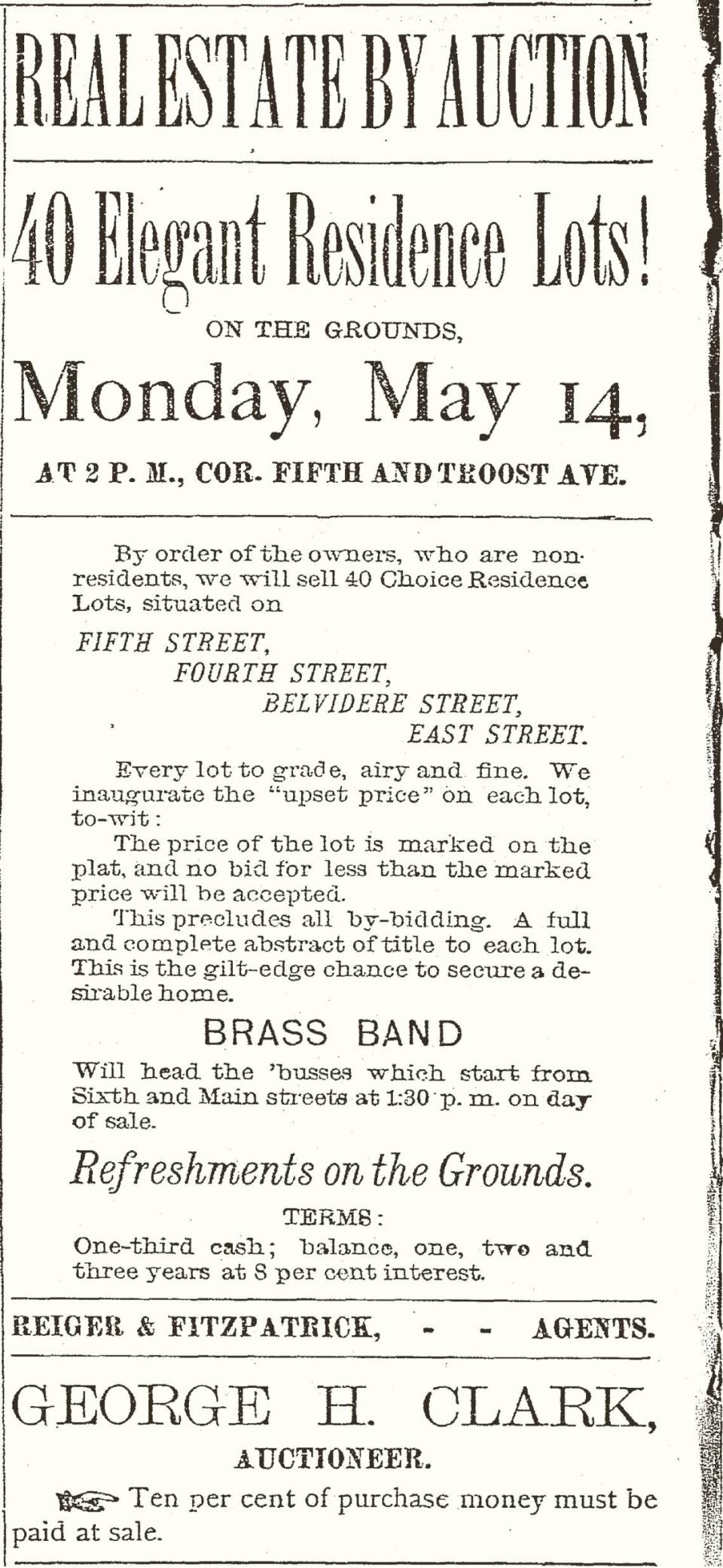
Most occupants of the area rented, living in cheap and crudely constructed buildings with inadequate or nonexistent sanitation access. These ramshackle dwellings and tenements were crammed onto unpaved, narrow streets and alleyways known as “chutes.” Mortality rates in the hollow exceeded rates for the rest of Kansas City.
Local factories like lumber companies, brick works, feather pillow manufacturers, and bake houses that made ice cream and macaroni, provided employment to many residents in and near Belvidere Hollow. Furthermore, residents felt attracted to the location due to the proximity of streetcars on Independence Avenue.
Residents in the hollow raised chickens in their yards, dried laundry on clotheslines between buildings, and had foot races in the streets and alleys.
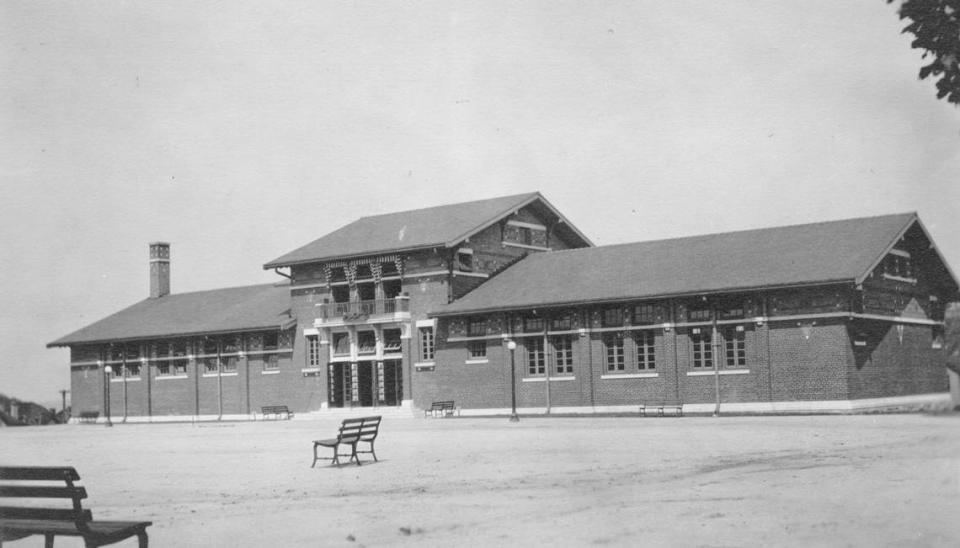
Belvidere Hollow residents also had nearby attractions, resources, and community spaces such as shops, parks, saloons, hotels, churches, schools, and even a synagogue. For a while, they also had Ransom’s Pond, a popular spot for fishing, swimming, and ice skating, and where Black preachers baptized converts.
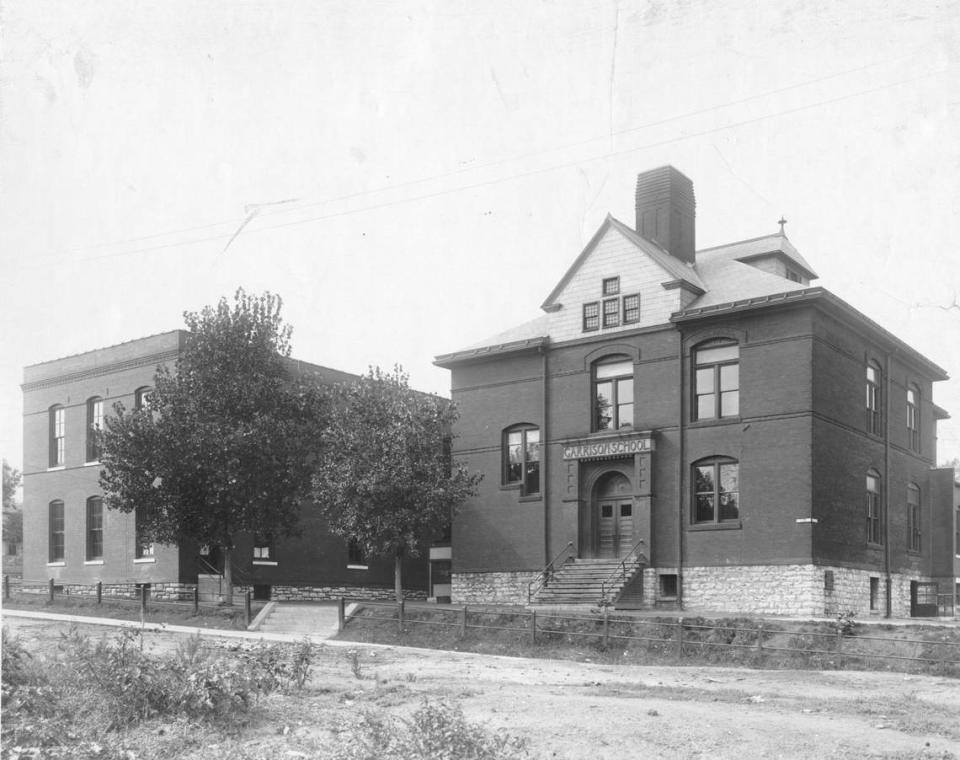
The main educational institutions near and in Belvidere Hollow were the Woodland School for white students and the Garrison School for Black students. Garrison Field House, just north of the hollow in Garrison Square, served the Black community and boasted the first branch of the Kansas City Public Library that served Black Kansas Citians.
However, in 1889, the city drained it. The pond, which was at the corner of Independence and Lydia avenues was later filled in to create a baseball diamond.

The area also had its share of luminaries.
In the 1890s, Ernest Hogan, an early ragtime entertainer, briefly lived in Belvidere Hollow working as a piano player. Hogan supposedly drew inspiration for his popular minstrel songs from the neighborhood and even had his first big hit, “La Pas Ma La,” published in Kansas City. After World War I, Black social clubs like the Beau Brummel Club produced minstrel shows for Black audiences in Kansas City.
And, at the turn of the century, Reverend James Wesley Hurse began his religious career preaching revivals in Belvidere Hollow; later, Hurse founded the St. Stephen Baptist Church just south of the hollow.
Social workers and organizations like the Kansas City Urban League provided Belvidere Hollow residents with recreational, employment, and social opportunities that aimed to uplift the local Black community.
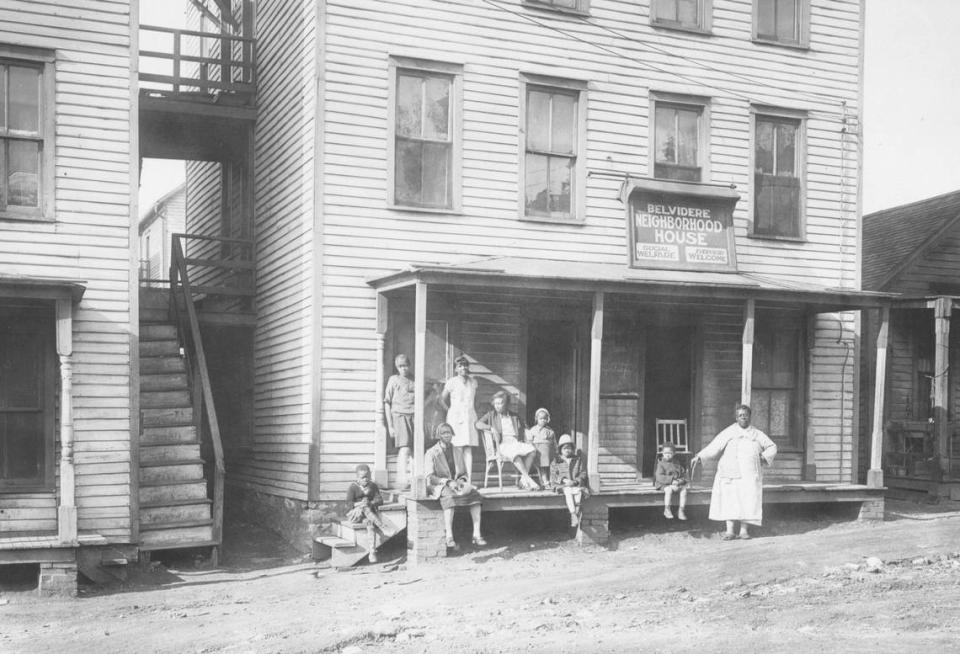
However, despite these efforts, Belvidere Hollow declined, deteriorating to no more than a sinkhole and a dumping ground with rainwater often overflowing the embankment.
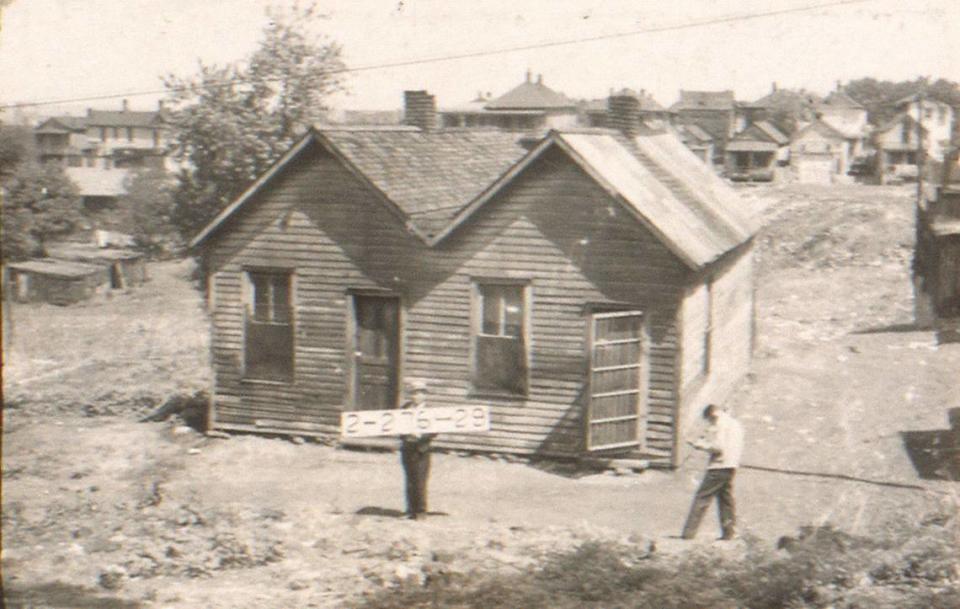
Though many buildings still occupied Belvidere Hollow by 1940, the neighborhood was no longer recognizable. Late 19th century homes were built with flimsier materials, and their deterioration seemed inevitable, since landlords didn’t replace or repair buildings for their Black tenants.
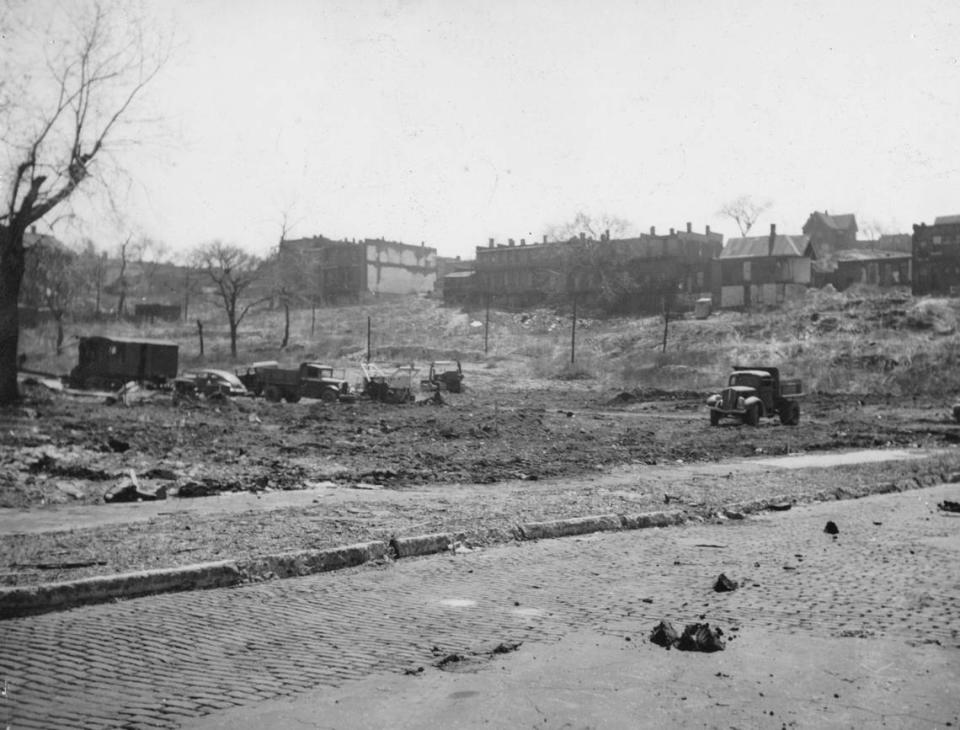
In 1942, the city officially approved Belvidere Hollow as a site for a new park, removing homes and displacing its remaining residents. Two years later, Belvidere Park reopened as a 3 1/2-acre recreational space for the Black community that had previously resided on the site. The park included swing sets, a baseball diamond, and a court equipped for volleyball, tennis, badminton, and shuffleboard.
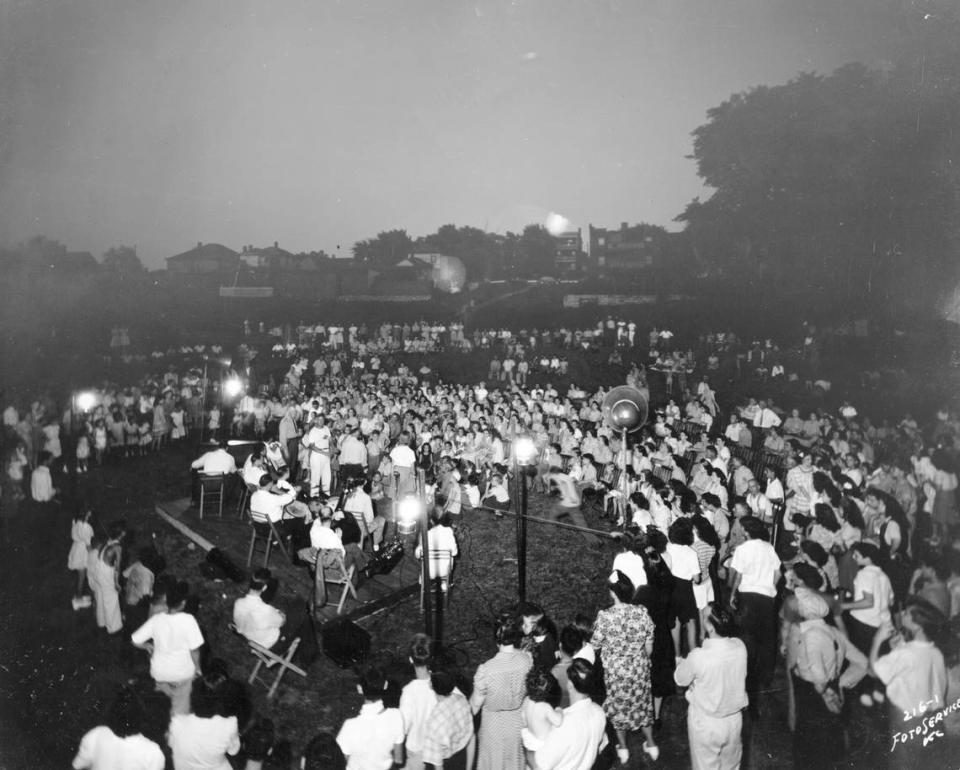
In the late 1940s, the city considered constructing a new civic stadium for baseball and football games in what had been Belvidere Hollow. Proponents of the location favored its downtown proximity, but others raised concerns that it would interfere with the development of a new bridge and highway.
Proposals for a stadium downtown were quashed, and Belvidere Park remained untouched. Instead, Municipal Stadium — expanding the old Blues Stadium — opened in 1955 at East 22nd Street and Brooklyn Avenue until its closure and demolition in 1976.
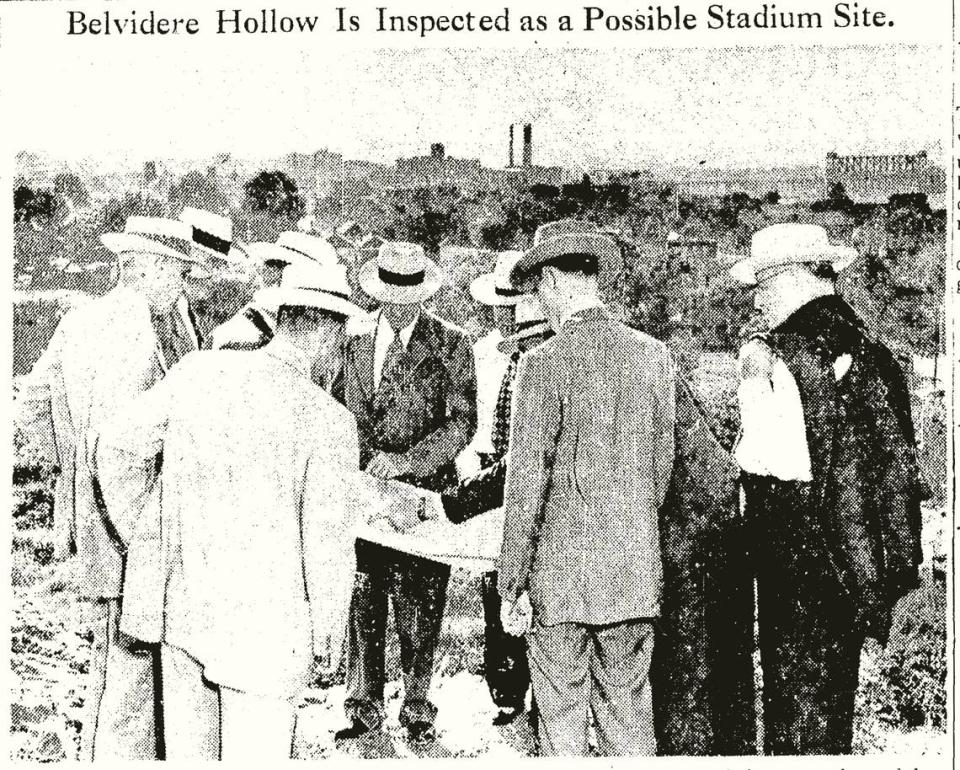
By 1958, Belvidere Hollow ceased to exist entirely.
The city razed the remaining Belvidere Hollow homes and commercial buildings to build a larger baseball park which was later used for soccer games until the 2000s. The Chouteau Courts apartment complex replaced part of the hollow until its closure and demolition between 2018 and 2020. In 2019, the parks department sold Belvidere Park back to the city.
Today, all that survives on the former Belvidere Hollow site is the grassy lot and part of Interstate 29.
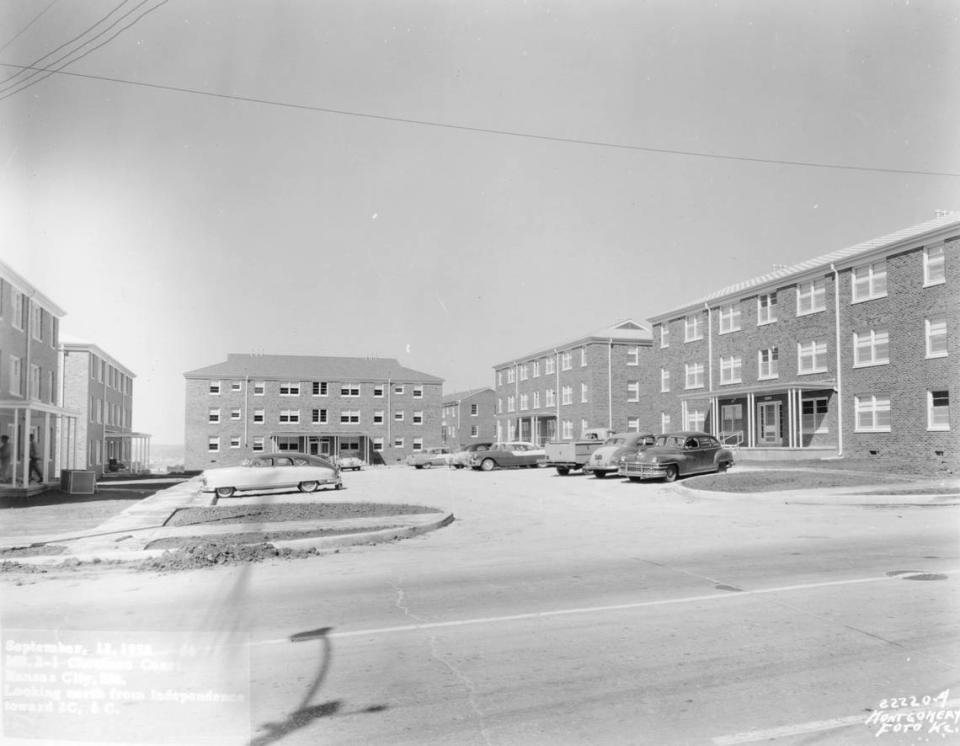
Have your own KCQ?
Ask in the form below or email kcq@kcstar.com and we’ll help you uncover the hidden history in your corner of Kansas City.

